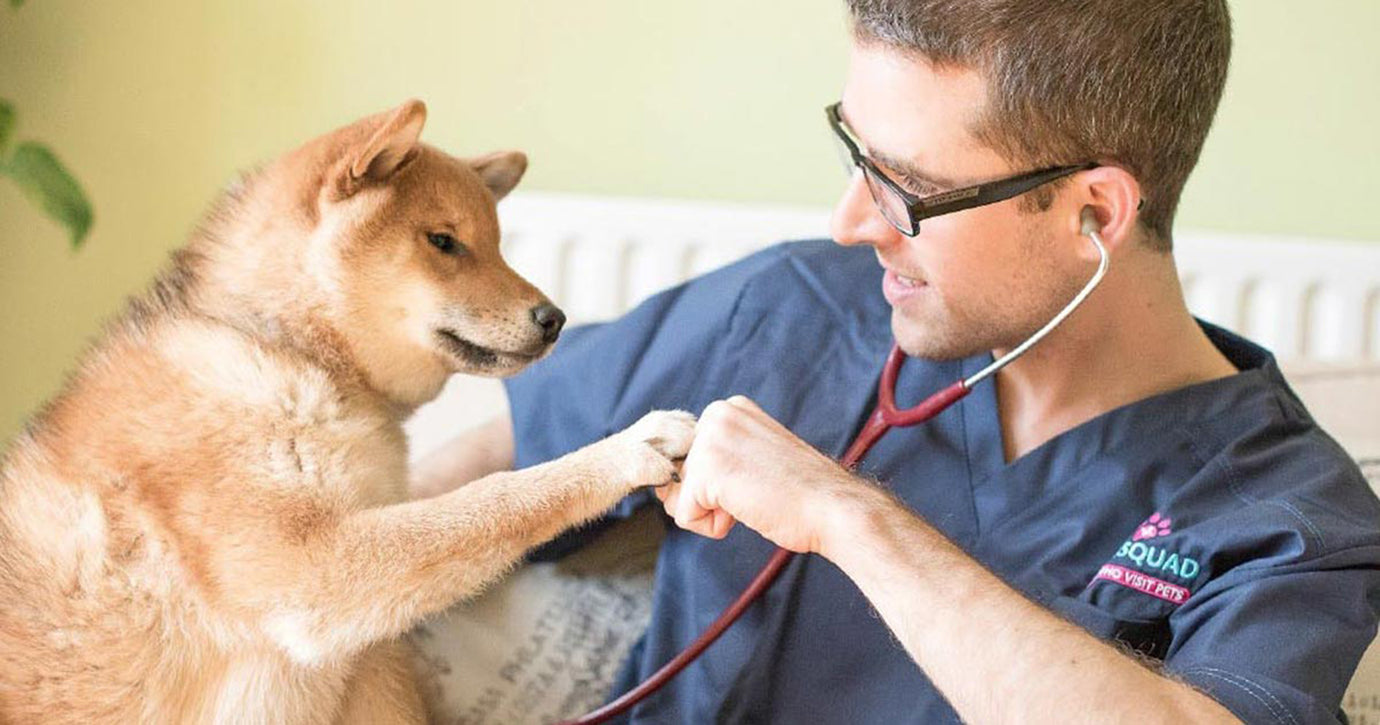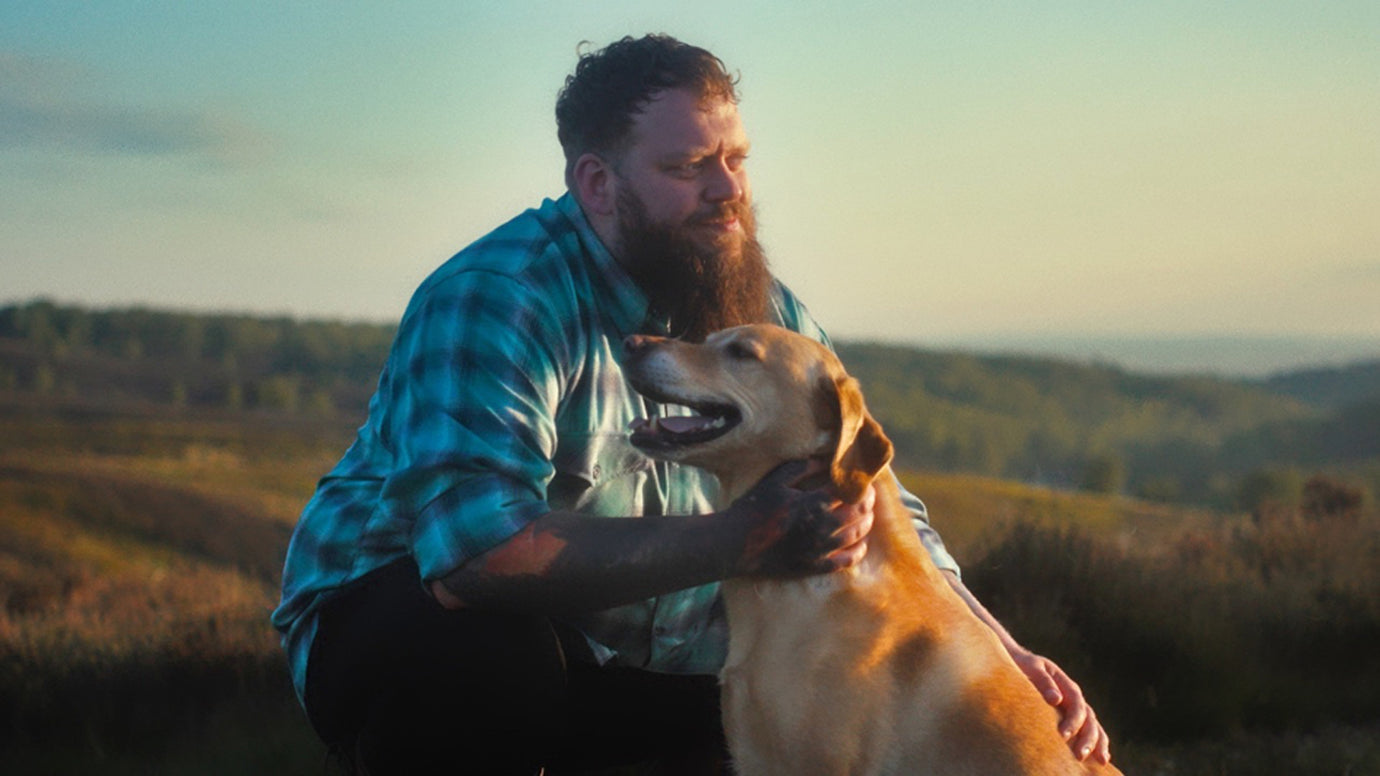There are literally hundreds of diets available for dogs on the market, supermarket shelves are packed with different types including hypoallergenic, grain free, breed specific, raw, premium foods and cheaper varieties.
It is no wonder that many people ask whether a home-cooked diet for their dog is possible and whether it can work out cheaper. This article looks into the possibility of having this type of diet available for your dog - along with the pros and cons of it.
So, is it a straight yes or no?
It is yes; however, it is not easy! It is possible to make a healthy and nutritious diet at home for your dog, but it does have limitations and drawbacks. One example is by feeding just raw meat along with bones - this in itself is a very hot topic but putting that aside, if you just fed your dog this diet, there is a possible problem with them missing out on some nutrients. It’s not because they should be fed processed food, the choice of diet is up to you, but they are domesticated and adapted to eat other natural products such as roots and berries. In fact, they would eat whole parts of animals in the wild, not just the cuts that we can get in the raw variety from suppliers.
So surely, they can eat human food, just like us?
That would make life much simpler, and for a large part it is true they can - but again this has chemical imbalance and safety implications. Whereas our digestive system is much the same as theirs, our metabolic and nutritional values are vastly different. The two biggest differences from humans are their requirements for protein and fibre. Another major consideration to take into account is whether our human food could be poisonous to our dogs. One of the most common poisons known about is chocolate, but the list below of foods are also toxic to dogs - and the list is not exhaustive, there are others as well.
Common foods that are toxic to dogs: Grapes, Peanuts, Raisins, Onions, Garlic, Coffee, Macadamia nuts, Chives, Leeks. You will see from above that many of these foodstuffs belong to the same family - so the message is if one type is poisonous, there is a very likely chance that another type of food can also be toxic.
So, if I am to cook home-made diets, what does my dog need in it?
Every animal - and that includes us, needs to have a diet that consists of the correct amount and balance of: Energy, Proteins, Fats, Fibre, Carbohydrates, Vitamins, Minerals. Let’s take a look at these in more detail and why the diet you feed your dog needs these as essential parts of the formula.
Energy This is in the form of calories and is a fine line between giving too much and too little. Predominantly dogs get calories from the proteins, fats, and the carbohydrates in their diet. Which calories and energy they use will be dependent on the complete energy contained in the food. For example, if you give them a large amount, it may not be used fully, and they will store it as fat and put on weight. On the other hand, if they are not given enough energy/calories they will have marked weight loss and eventually could starve. A common question is how much energy and calories they need - however this varies for each individual dog and factors such as their activity, their age and the stage of life that they are at, are they a puppy, are they pregnant? These factors all contribute to the correct amount of energy and calories that your dog needs to intake every day.
Proteins These are very important for dogs and need to be got right. An average dog in their adult years, on a healthy diet should have at least 18% protein in their food. Puppies, as you would expect with their growth rate, need slightly more, at least 22% and this is the same for pregnant bitches as well. With proteins there lies a problem - not all proteins are good when it comes to quality. Many protein sources are different, but they need the best ratio of amino acids to be a real quality protein. This means that in the most common protein sources, such as peas, beans, dairy products, and meat, the quality of the protein can be vastly different. Plant-based foods tend to have a much lower quality of protein than animal-based foods. One of the requirements in a dog diet is the amino acid called taurine - in fact, dogs have an extra special requirement for it, and the levels in their food need to be high on the scale. It is commonly added to commercial dog food, in a sufficient quantity to ensure the dog gets enough intake. Without this amino acid, the dog could start to suffer heart problems called cardiomyopathy. The use of animal-based products for protein in dog food is so much easier with the quality of meat products, that this is the main reason it is difficult to produce a healthy vegan diet for them.
Fats Both fats and oils are needed to provide calories to your dog, it is also one of the main reasons a dog will eat its food - if there is not enough fat in it, it can be very unpalatable. Fats can also provide essential vitamins for your dog such as: Vitamin A, Vitamin D, Vitamin E, Vitamin K. These are all required to help keep your dog’s hormone production, immune system, healthy skin, coat, and general health the best it can be. It is thought that fats are the better provider of energy over carbohydrates.
Carbohydrates Carbohydrates which include starch and sugars are only in diets to provide energy, dogs really don’t need these at all, except for pregnancy and whelping when a large amount (a minimum of around quarter of the ingredient) should be used to help feed the puppies.
Fibre Dogs do not need fibre in their diet (unlike humans), although these are often added to commercial foods and may be of some benefit, but very little.
Vitamins and minerals Unlike their human owners, dogs can make vitamins C, but generally, their requirements for vitamins and minerals is much like ours. So, the bottom line is, yes you can feed your dog a home-made diet, but you should speak with a fully qualified nutritionist, as it does need forward planning and making sure that all the requirements are met - otherwise your dog may become ill.
(Article source: Pets 4 Homes)






